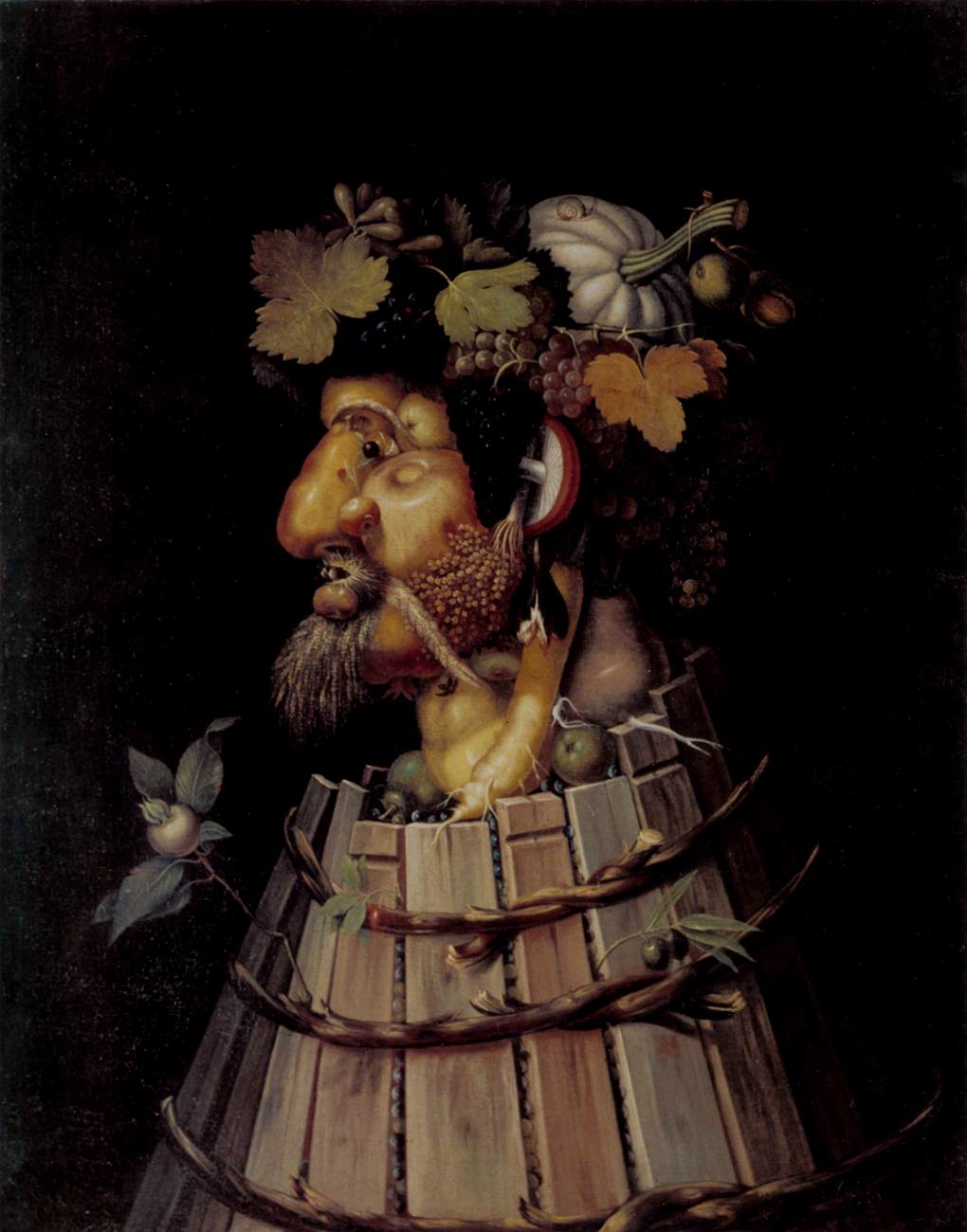Description
The painting "Autumn" by the artist Giuseppe Arcimboldo is a 16th century masterpiece that represents the autumn season in a unique and surprising way. The work is composed of a series of natural elements, such as leaves, fruits, vegetables and animals, which are combined in an ingenious way to create a fascinating image.
Arcimboldo's artistic style is known as "mannerism", which is characterized by the exaggeration of forms and the use of fantastic elements. In "Autumn", the artist uses this technique to create an image that appears to be alive and moving, with each element interacting with the others in a harmonious way.
The composition of the painting is impressive, with each element carefully placed to create a cohesive and balanced image. The colors used by Arcimboldo are vibrant and rich, with warm, earthy tones that evoke the feeling of autumn.
The history of the painting is interesting, as it was created as part of a series of four works depicting the four seasons. "Autumn" was the first of the four works, and set the tone for the others. The work was commissioned by Emperor Maximilian II of Austria, who was a great admirer of Arcimboldo's work.
Little-known aspects of the painting include the fact that Arcimboldo used live models to create the image of the animals in the work. The artist is also said to have used a "relief painting" technique to create the texture of the leaves and vegetables in the work.
In short, "Autumn" by Giuseppe Arcimboldo is a fascinating work of art that combines creativity, technique and beauty in a unique way. Its artistic style, composition, color and the story behind the painting make it a work worth looking at and admiring.

